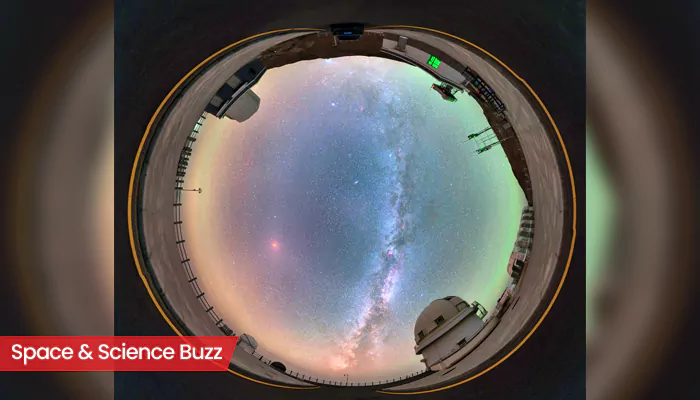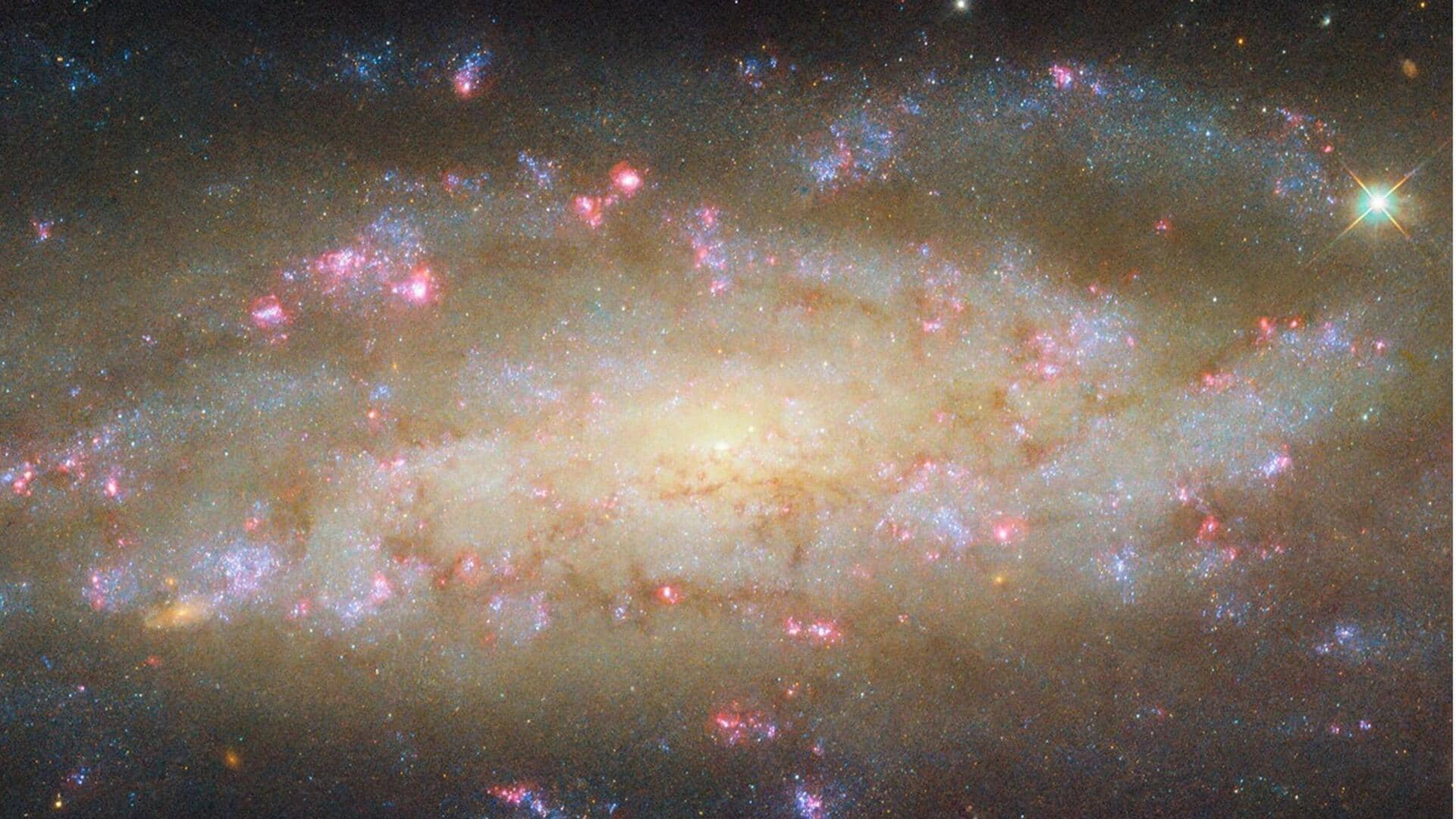Lunar Incident Claims
The whispers of a concealed incident on the moon have persisted through time, sparking debate among conspiracy theorists and science enthusiasts alike.
The central claim revolves around a purported 'heart attack' that occurred on the lunar surface. This unsettling narrative has fueled speculation, causing many to question the activities of NASA. The specifics of the claimed incident remain unclear, contributing to the aura of mystery surrounding the assertions. Various theories try to explain the cause of the event, but none have been substantiated. This section delves into these core allegations, laying the foundation for a detailed examination of the claims and related context.
The Alleged Cover-Up
The allegations regarding a NASA cover-up are as significant as the claims of the incident itself. Proponents of the theory contend that NASA actively concealed the details of the lunar event, possibly to protect its reputation, quell public panic, or obscure sensitive information. The alleged cover-up includes various tactics, such as manipulating data, censoring information, and preventing independent inquiries. The claimed silence and lack of transparency led to accusations of deceit. The exact methods of the supposed cover-up remain debated, with different theories presenting their arguments. This section explores the extent of the purported cover-up, examining the evidence and motivations behind the accusations.
Evidence and Speculation
Investigating the alleged lunar event requires a comprehensive review of the available evidence, which, regrettably, is limited and often contested. Those promoting the conspiracy offer various pieces of alleged evidence, including ambiguous photographs, unexplained radio signals, and eyewitness accounts. However, these pieces of 'evidence' have often been disputed by scientists and experts. The nature of the moon makes verification challenging. The speculations linked to this situation often expand to include potential extraterrestrial factors, secret government programs, and the possibility of the lunar surface as a site of unidentified events. This section analyzes the tangible evidence and examines the diverse speculations that surround the incident, evaluating their plausibility.
NASA's Perspective
Understanding NASA's perspective on the alleged lunar incident is critical to a complete assessment of the subject. The agency has generally denied any occurrence of the events, maintaining its commitment to transparency and scientific integrity. NASA has refuted claims and clarified the details of its space missions, with many experts refuting the assertions as speculative and unsupported. However, skeptics argue that the agency's statements have been carefully constructed to conceal damaging information. This section analyzes NASA's official stance, evaluating their explanations and assessing the agency's level of openness concerning the claims of the lunar incident.
Alternative Explanations
It is crucial to explore plausible alternative explanations to the alleged lunar incident. There is a wide array of options that could account for these claims without the need for a cover-up. These alternatives comprise scientific uncertainties and the limitations of the available technology. Furthermore, confirmation bias can play a role, as individuals may be more likely to believe information that aligns with their pre-existing beliefs. This section explores a range of alternative explanations, presenting a more inclusive view of the situation.
Impact and Legacy
The supposed NASA cover-up has influenced popular culture, sparking books, documentaries, and countless discussions online. The incident serves as a potent symbol of alleged government secrecy. It also has fueled debates surrounding trust in official sources and scientific institutions. Though unverified, the narrative continues to resonate. The legacy of the claimed incident continues to shape skepticism. This section explores the enduring impact of the lunar incident on society, examining how the story has evolved and what it means in the context of our ever-changing relationship with science, information, and authority.












